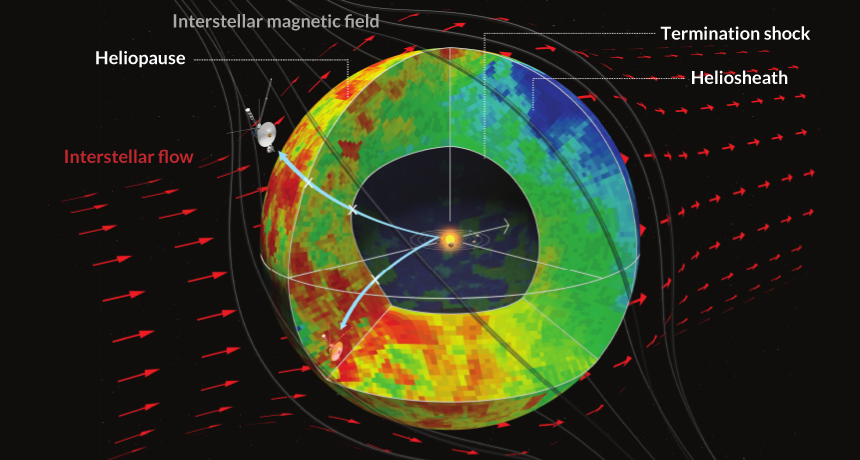astronomy The area of science that deals with celestial objects, space and the physical universe. People who work in this field are called astronomers.
atom The basic unit of a chemical element. Atoms are made up of a dense nucleus that contains positively charged protons and uncharged neutrons. The nucleus is orbited by a cloud of negatively charged electrons.
black hole A region of space having a gravitational field so intense that no matter or radiation (including light) can escape.
Cassini A space probe sent by NASA to explore the planet Saturn. Cassini was launched from Earth in 1997. It reached Saturn in late 2004. The craft included a variety of instruments meant to study Saturn’s moons, rings, magnetic field and atmosphere.
colleague Someone who works with another; a co-worker or team member.
comet A celestial object consisting of a nucleus of ice and dust. When a comet passes near the sun, gas and dust vaporize off the comet’s surface, creating its trailing “tail.”
computer model A program that runs on a computer that creates a model, or simulation, of a real-world feature, phenomenon or event.
exotic An adjective to describe something that is highly unusual, strange or foreign (such as exotic plants).
field (in physics) A region in space where certain physical effects operate, such as magnetism (created by a magnetic field), gravity (by a gravitational field), mass (by a Higgs field) or electricity (by an electrical field).
heliopause A term for the outer edge of the solar system’s heliosphere.
heliosphere The region of space, encompassing the solar system, in which the solar wind has a significant influence.
interstellar Between stars.
magnetic field An area of influence created by certain materials, called magnets, or by the movement of electric charges.
particle A minute amount of something.
physics The scientific study of the nature and properties of matter and energy. Classical physics is an explanation of the nature and properties of matter and energy that relies on descriptions such as Newton’s laws of motion. A scientist who works in such areas is known as a physicist.
planet A celestial object that orbits a star, is big enough for gravity to have squashed it into a roundish ball and has cleared other objects out of the way in its orbital neighborhood. To accomplish the third feat, the object must be big enough to have pulled neighboring objects into the planet itself or to have slung them around the planet and off into outer space.
solar system The eight major planets and their moons in orbit around our sun, together with smaller bodies in the form of dwarf planets, asteroids, meteoroids and comets.
solar wind A flow of charged particles (including atomic nuclei) that have been ejected from the surface of the star, such as our sun. It can permeate the solar system. This is called a stellar wind, when from a star other than the sun.
star The basic building block from which galaxies are made. Stars develop when gravity compacts clouds of gas. When they become dense enough to sustain nuclear-fusion reactions, stars will emit light and sometimes other forms of electromagnetic radiation. The sun is our closest star.
sun The star at the center of Earth’s solar system. It’s an average size star about 26,000 light-years from the center of the Milky Way galaxy. Also a term for any sunlike star.
termination shock A term for that point at which the solar wind slows in speed.
universe The entire cosmos: All things that exist throughout space and time. It has been expanding since its formation during an event known as the Big Bang, some 13.8 billion years ago (give or take a few hundred million years).
Voyager spacecraft Two NASA missions to conduct close-up explorations of Jupiter, Saturn, Saturn's rings and the larger moons of the both large planetary gas giants. Despite their names, the Voyager 2 craft launched Aug. 20, 1977; Voyager 1 launched 16 days later. Both are near the edge of the solar system and still flying on into space.








